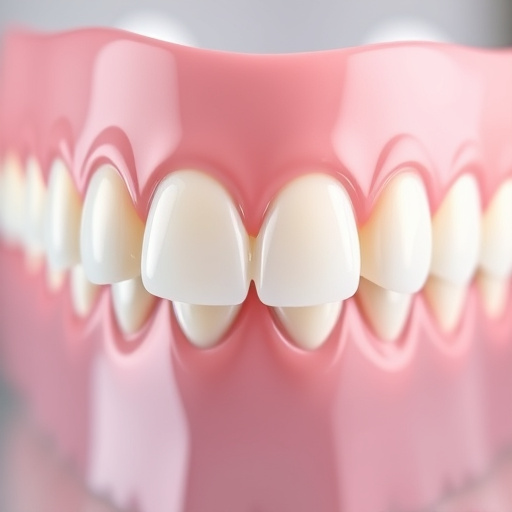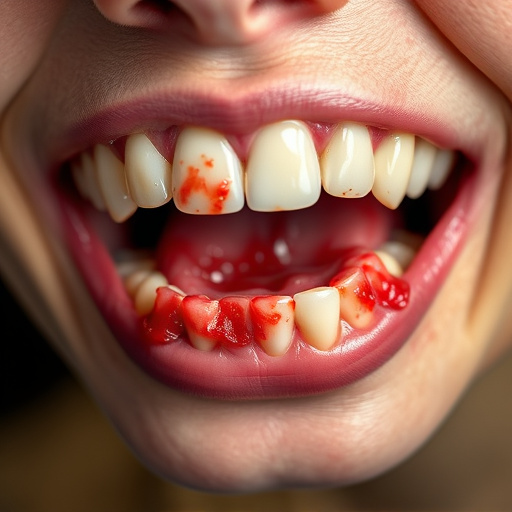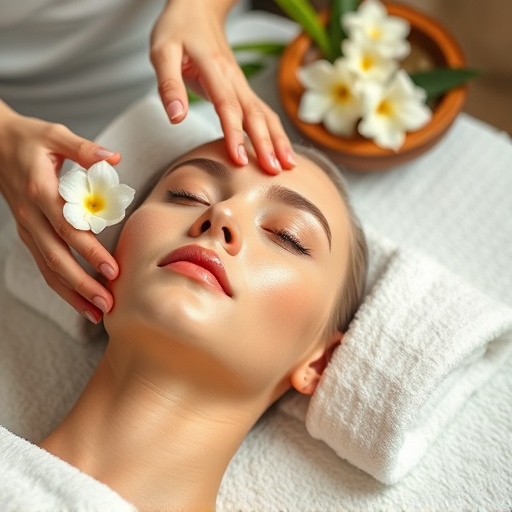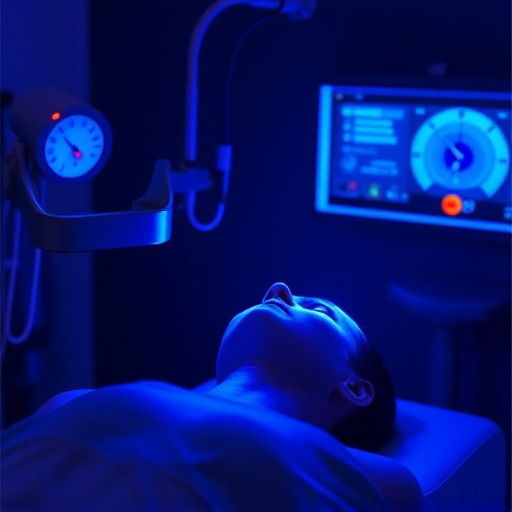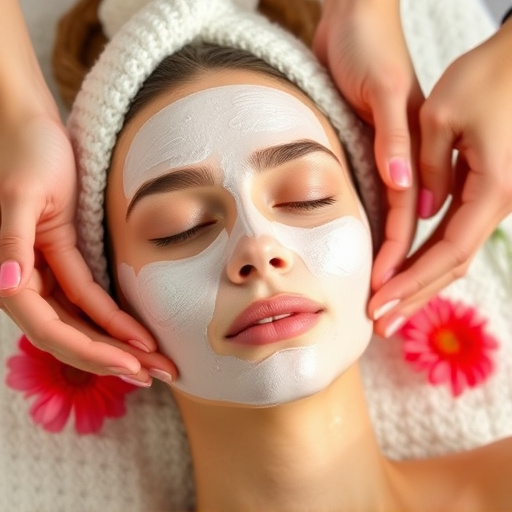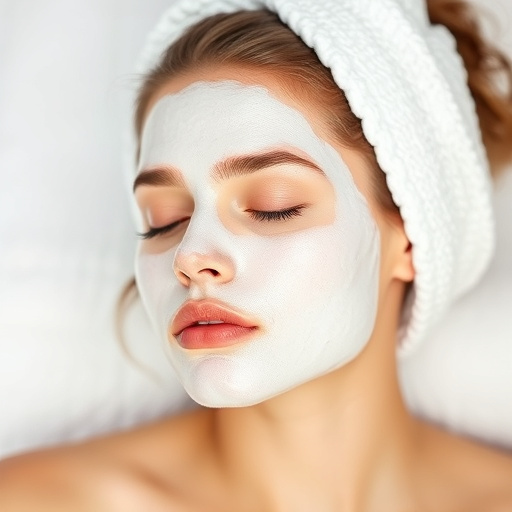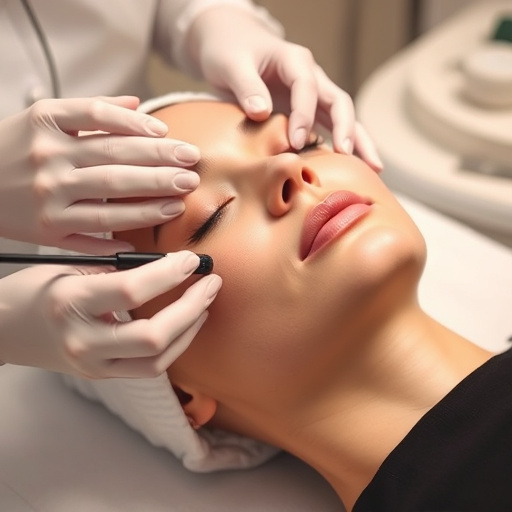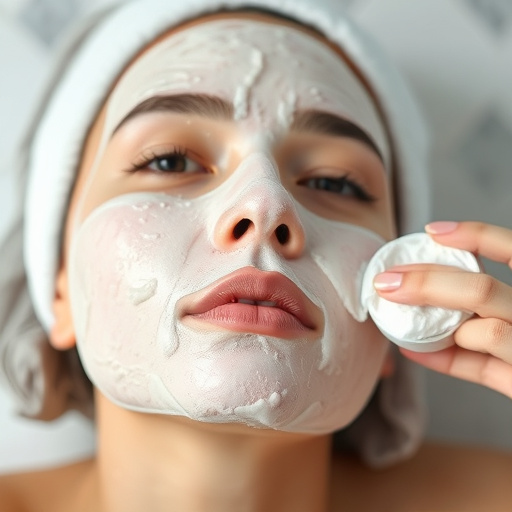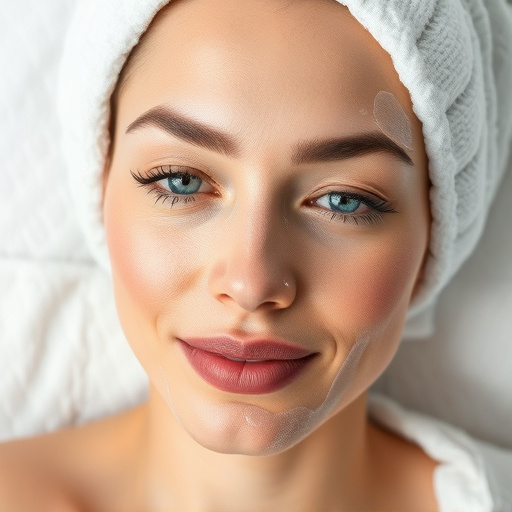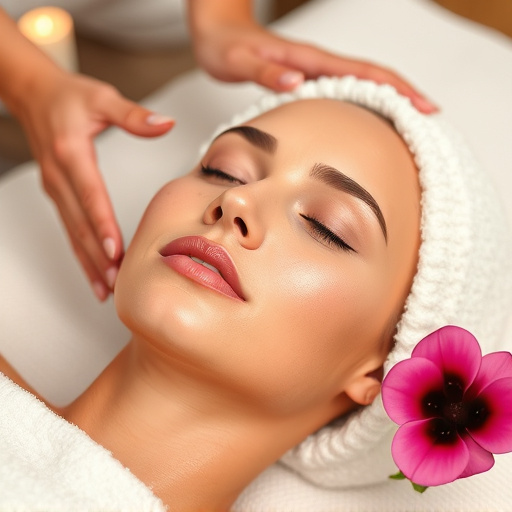Rosacea, a skin condition causing redness and bumps, is triggered by genetic and environmental factors. Professional advice is crucial for effective rosacea treatment, avoiding exacerbating agents like acne treatments. Long-term solutions include medical treatments, procedures like microneedling, and dietary/lifestyle adjustments. Chemical peels may also be recommended by dermatologists for intensive approaches.
Rosacea, characterized by facial redness and flushing, can be a persistent and embarrassing condition. However, effective rosacea treatment exists to minimize episodes and restore confidence. This article delves into comprehensive strategies for managing rosacea, including understanding its causes and triggers, exploring medical treatments for long-term relief, and adopting lifestyle changes to reduce frequent flushing. By implementing these solutions, you can gain control over your skin’s health and appearance.
- Understanding Rosacea: Causes and Triggers
- Medical Treatments for Long-Term Relief
- Lifestyle Changes to Reduce Flushing Episodes
Understanding Rosacea: Causes and Triggers

Rosacea is a chronic skin condition characterized by periods of redness on the face, often accompanied by small, raised bumps. While it can affect anyone, it’s most common in fair-skinned individuals and typically develops after age 30. Understanding both the causes and triggers of rosacea is crucial for effective rosacea treatment.
The exact cause of rosacea remains unknown, but research suggests a combination of genetic predisposition and environmental factors. Certain blood vessels near the skin’s surface may dilate easily, leading to redness. Triggers, such as sun exposure, certain foods, stress, and even specific skincare products, can cause these blood vessels to widen, initiating a rosacea flare-up. Acne treatments and customized facials targeting acne can inadvertently trigger rosacea in susceptible individuals, highlighting the importance of seeking professional skincare advice for managing this condition.
Medical Treatments for Long-Term Relief

Many individuals suffering from rosacea seek long-term solutions to minimize facial flushing episodes and reduce the appearance of redness and bumps. Medical treatments offer a range of options tailored to individual needs. Topical medications, such as retinoids and antibiotics, are often prescribed to regulate skin activity and prevent flare-ups. These treatments help calm inflammation and reduce the visibility of rosacea symptoms over time.
For more advanced cases or those seeking comprehensive solutions, procedures like microneedling therapy and skin tightening can be effective. Microneedling involves creating tiny channels in the skin to stimulate collagen production, which can improve skin texture and minimize redness. Skin tightening treatments, on the other hand, use various techniques including radiofrequency and laser therapy to reduce facial blood vessels and promote a more even skin tone. These procedures offer significant long-lasting results, complementing topical therapies for a holistic rosacea management approach.
Lifestyle Changes to Reduce Flushing Episodes

For individuals seeking an effective rosacea treatment, implementing lifestyle changes can play a significant role in minimizing facial flushing episodes. This includes adopting a balanced diet rich in antioxidants, as certain foods can trigger or exacerbate flushing. Staying hydrated is another crucial aspect; drinking plenty of water helps regulate blood flow and may reduce the frequency and intensity of flushing spells.
Additionally, managing stress levels through techniques like meditation or yoga can be beneficial. Regular exercise is also recommended, but it’s essential to choose activities that don’t cause excessive heat exposure, as this can trigger flushing. Personalized skincare routines, incorporating gentle cleansers and moisturizers, can soothe irritated skin and prevent further irritation. Even considering procedures such as skin rejuvenation techniques like chemical peels might be discussed with a dermatologist for individuals seeking more intensive treatment options.
Rosacea treatment isn’t just about managing symptoms; it’s about achieving long-term relief and minimizing facial flushing episodes. By understanding your condition, exploring medical treatments, and adopting lifestyle changes, you can take control of your skin health. Remember, a comprehensive approach that combines professional care with personal adjustments will lead to the best rosacea treatment results.



